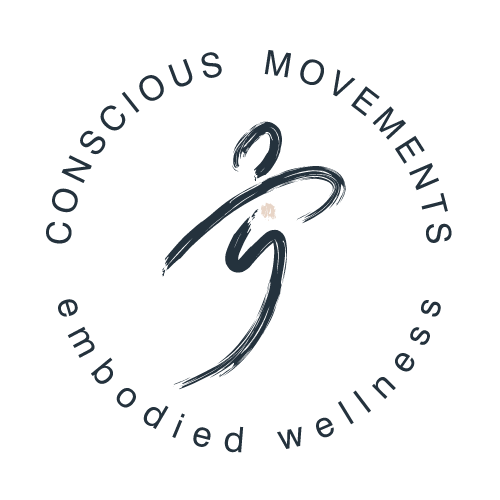Go Fast Without Hurrying
Recently I posted on The Benefits Of Slow Eating and shared it over in the Private Community in my Online Studio. In that post, I mentioned that there are times when eating slowly isn't ideal — like during Zen retreats. But I think it's important to remember that we can go fast, even eat fast, without hurrying.
One person asked,
"I'm interested in the Feldenkrais concept to "go slow without hurrying." Whether it's while eating, walking, etc. Can you explain more about it and how to cultivate that practice?"
My response was relatively short, so I'll expand upon it here. And, I ask that you join me in sharing your experience with fast, slow & hurrying in the comments below. Together, we can start to paint a more comprehensive picture of how to cultivate change.
In short (and it was), my answer was:
The two easiest ways to cultivate the capacity to go fast without hurrying are...
1. Get clear on what it means to hurry. How do you embody 'hurrying'?
2. Keep exploring Awareness Through Movement
Let's break this down...
How Do You Embody 'hurrying'?
I'm sure there are some standard ways we all hurry — excess tension, holding the breath, clenching the jaw, furrowing the brow, etc. Plus, the act of hurrying often includes not being present and often deprives of the pleasure of the experience. But there are also ways we each uniquely embody hurrying. And, how we hurry can be unique to what we're doing.
If you hurry while you eat, you might not...
chew your food thoroughly
smell nourishing aromas
savor the flavors
or pick up on your body's cues for fullness
if you're hurrying with a house chore, you might...
think about everything else you have to do
hold your breath
tense your jaw and/or shoulders
move without a sense of balance
use more effort than is necessary
Can you see how these two are different? But in the end, you're not present with the experience and missing out on life.
But how can I do this and go fast?
Great question! This leads me to point #2.
Awareness Through Movement
First, fast and slow are relative. Second, the more you practice coming into your senses, the more you'll be able to sense and do with less time and less effort.
Let's come back to eating on a Zen retreat. I've since attended more than a dozen retreats. Some before my Feldenkrais training, some after. Here's what I discovered. That it's possible to eat faster and still be incredibly present! It means letting in the smells, opening up to the flavor, chewing with more speed but feeling every bite. In many ways, it's about coming more into the experience and less about 'thinking' about the experience.
That's what Awareness Through Movement is all about — coming home to your body! When an adult person first starts an embodiment practice like Awareness Through Movement, there's often a whole lot of thinking. In other words, movement and sensations are still more a mental act rather than experiential.
In my experience, most people are in the habit of defining their experience through language. They've forgotten how to trust the language of their bodies. Gene Gendlin termed this experience the "felt sense."
Basically, the felt sense is the raw, direct experience of the body's feeling of an experience, situation, or memory before being clarified with words. Children do this naturally. But, as we grow older, language starts to take center stage, especially if we live in a culture that values intellect more than the whole person's well-being.
The more we explore Awareness Through Movement, the more opportunities we have for cultivating the skill of sensing ourselves in motion without getting distracted by and carried away by our mental activities. But, like any skill, it takes intentional practice.
Now over to you.
💡 Share how going fast without hurrying feels to you?
💡 Or share how you embody hurrying, how you overcome it, and/or where you struggle to let go of the hurry.

